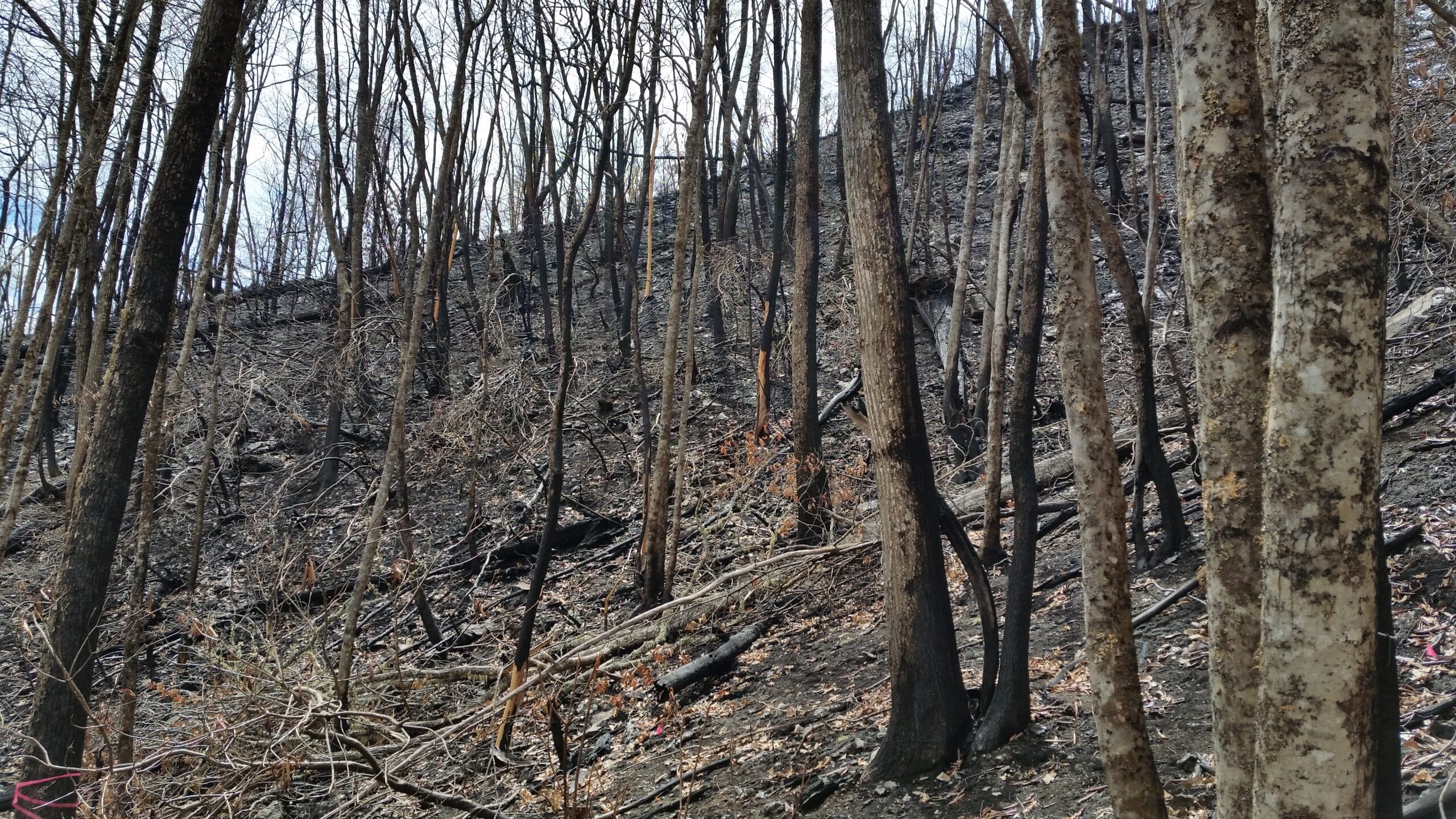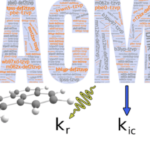2022-12-16 ノースカロライナ州立大学(NCState)

Forest burned in high-severity wildfire. Credit: Chris Moorman.
2016年秋、アパラチア山脈南部の森林で、乾燥条件と放火行為の時期を経て、235平方マイル以上を焼く山火事が発生しました。学術誌「Forest Ecology and Management」に掲載された研究では、研究者はノースカロライナ州西部のナンタハラ国有林の3つの森林地域で、異なるレベルの燃焼の厳しさを追跡調査しています。
研究者たちは、これらの森林地域で5年間にわたり、繁殖期の鳥類の数と多様性を数えました。そのデータをもとに、異なる深刻度で焼かれたパッチにおける鳥類群集を比較しました。
重度の焼失地域では、研究者は、ほとんどの樹冠の木が失われ、その後、密集した低木の再成長と木の再萌芽を記録した。激しい火災の影響を受けた地域では、1年目に44%の木が枯れ、5年目には71%が枯れた。これに対し、未燃焼地域の樹木の枯死率は7%でした。
火災の深刻度が異なる地域の鳥の数を比較したところ、山火事の深刻度が高い森林地帯では、鳥の数が時間とともに増加し、鳥の多様性も大きくなっていることがわかりました。5年目までの鳥類の総数と種の豊富さ(異なる種の数)は、焼失していない地域に比べて2倍になっていたのです。
厳しさを増したパッチがより多くの鳥類を支えているのは直感に反するように思えるが、研究者によれば、厳しさを増したパッチを避ける種はほとんどなく、いくつかの種はそのパッチにより多く生息しているか、そのパッチにしか生息しないためであるという。具体的には、樹冠がほとんどない地域の低木で繁殖するインジゴジュウカラ、クリソデムシクイ、トウネンなどが、厳しさの高い焼畑にほぼ限定して生息していたのである。
1種であるオーブンバードが、深刻な焼失地域で生息数が減少する傾向を示した。しかし、7種の生息数は厳しさの度合いが高い地域で最大となり、11種は地域間で差がなかった。
<関連情報>
- https://news.ncsu.edu/2022/12/bird-diversity-increased-in-severely-burned-forests-of-southern-appalachian-mountains/
- https://www.sciencedirect.com/science/article/abs/pii/S0378112722007095
中央広葉樹林の強度の高い山火事パッチにおいて繁殖期の鳥類の存在量と種の多様性が最大であること Breeding bird abundance and species diversity greatest in high-severity wildfire patches in central hardwood forests
Cathryn H.Greenberg,Christopher E.Moorman,Katherine J.Elliott,Katherine Martin,Mark Hopey,Peter V.Caldwell
Forest Ecology and Management Available online: 15 December 2022
DOI:https://doi.org/10.1016/j.foreco.2022.120715
Abstract
In 2016, mixed-severity wildfires in the southern Appalachians created a gradient of forest structures not typical following prescribed burns, providing a unique opportunity to study temporally dynamic conditions and breeding bird response. We measured forest structure and breeding bird communities across a fire-severity gradient in 3 burned and 3 unburned watersheds for 5 years (Y1-Y5). We categorized plots as unburned (NB), low- (L), moderate- (M), or high-severity (H) using a composite fire-severity index. Tree mortality increased with fire-severity category (FSC) and over time; by Y5, 7 % of trees in NB, 11 % in L, 38 % in M, and 71 % in H had died. Shrub recovery was rapid and most pronounced in H, exceeding other FSCs (70 % vs 21 %–44 %) by Y5. Total bird abundance, species richness, and diversity increased over time in H (by Y3) and M (by Y4); by Y5, these metrics were highest in H and twice as high in H as in NB. Low-severity wildfires had no detectable effects on birds. Abundance of 7 species was greatest in higher-severity FSCs; 11 species did not differ among FSC, although ovenbirds (Seiurus aurocapilla) indicated a trend of lower abundance in H. No species was limited to NB, L, or M, whereas disturbance-dependent indigo bunting (Passerina cyanea), chestnut-sided warbler (Setophaga pensylvanica), and eastern towhee (Pipilo erythrophthalmus) were primarily associated with H. Increased richness and diversity were associated with heavy tree mortality and subsequent shrub recovery in H, accompanied by an influx of disturbance-dependent species and positive or neutral responses by most other species. Results highlight the interrelated roles of fire severity and time in driving forest structure and breeding bird response. Breeding birds responded to high-severity burns similarly to silvicultural treatments with heavy canopy reduction documented in other studies, offering possible alternatives when managing for breeding bird diversity in hardwood forests.



